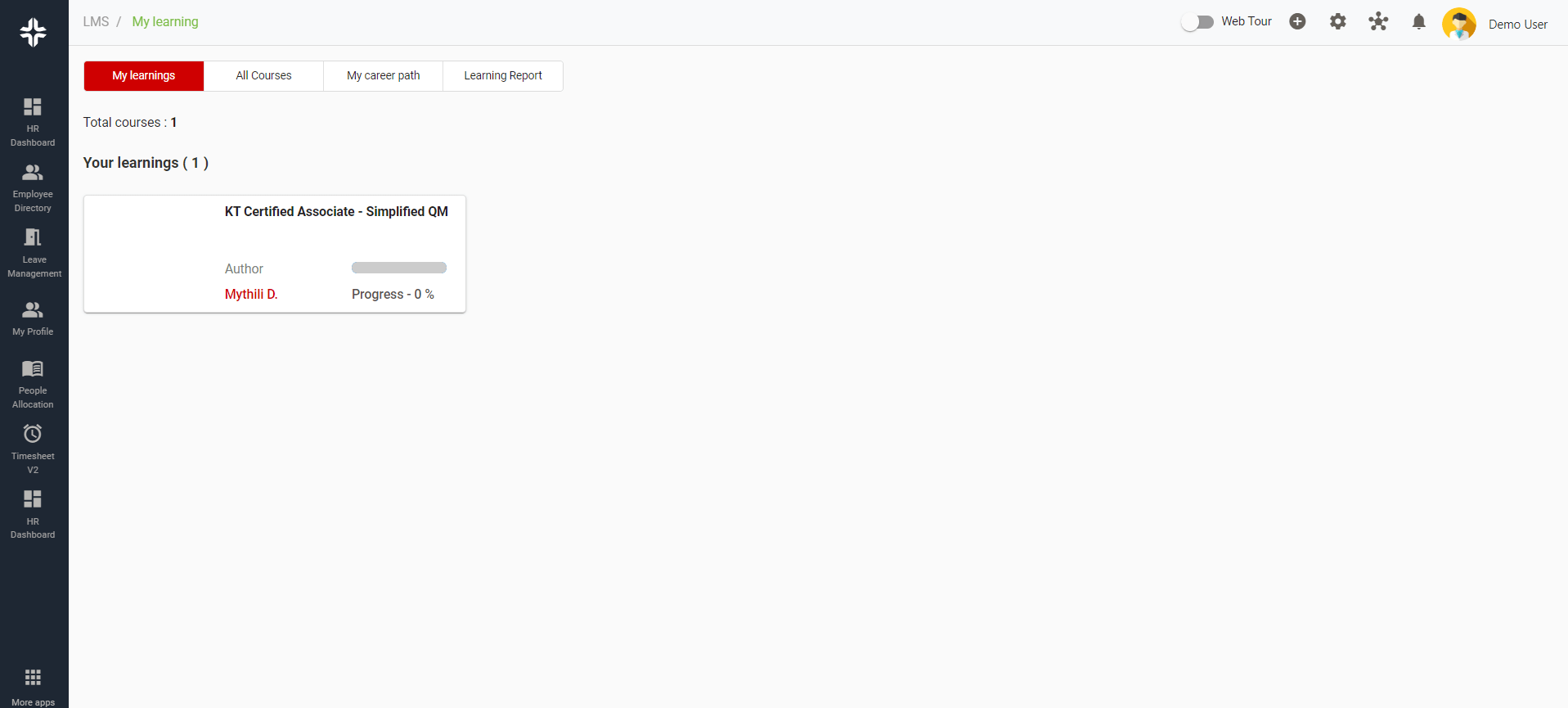Home » PSApedia
Employee Training Rate
Improve Performance with Employee Training Rates. Boost Skills and Enhance Productivity.

What is Employee Training Rate?
Employee Training Rate refers to the percentage of employees who have successfully completed a particular training program within a given timeframe. It’s a metric used by organizations to gauge the effectiveness of their training initiatives and to identify areas of improvement.
In the context of Professional Service Automation (PSA), this metric becomes even more crucial as it directly impacts the quality of services delivered to clients.
The Importance of Employee Training Rate
Training is an integral part of any organization’s growth strategy. A high Employee Training Rate indicates:
1. Efficient Training Programs: The training modules are effective, and employees find them beneficial.
2. Employee Engagement: A higher rate suggests that employees are actively participating and are keen on upskilling.
3. Quality Assurance: Well-trained employees are likely to make fewer mistakes, ensuring high-quality service delivery, especially in a PSA environment.

Why Employee Training Rate is so important?
Calculating Employee Training Rate
Formula:
Employee Training Rate = (Number of employees who completed the training/Total number of employees who took the training) × 100
Example:
Let’s say a company has 100 employees who took a particular training module. Out of them, 85 successfully completed it. Using the formula:
Employee Training Rate=(85/100)×100=85%
Employee Training Rate vs Other Metrics
Understanding the difference between these metrics and the Training Rate ensures that organizations get a holistic view of their training effectiveness. While Employee Training Rate focuses on the completion rate, there are other related metrics:
1. Employee Training Satisfaction: Measures the satisfaction level of employees post-training.
2. Training ROI: Calculates the return on investment for training initiatives. It considers factors like increased productivity, reduced errors, and improved service quality.
3. Training Duration: The average time taken by employees to complete a training module.
| Metric | Definition | Importance in PSA |
|---|---|---|
| Employee Training Rate | Percentage of employees trained in relevant skills and tools. | Crucial for efficient service delivery and staying up-to-date with technology. |
| Billable Utilization Rate | Percentage of billable hours worked by employees. | Indicates how effectively resources are used to generate revenue. |
| Project Profitability | Net profit earned from a specific project. | Key for assessing project success and overall profitability. |
Applications of Employee Training Rate
In the realm of PSA, where resource management is paramount, ensuring that employees are well-trained becomes even more critical. Employee Training Rate finds its application in:
1. Resource Allocation: Organizations can allocate resources effectively based on the training completion rates. For instance, areas with lower rates might need more trainers or better training material.
2. Performance Reviews: It can be a parameter in performance appraisals, especially in roles where continuous learning is crucial.
3. Improving Training Modules: Continuous monitoring of this metric can provide insights into which training modules need revamping.
Ready to Optimize Your Employee Training Rate?
KEBS, a leading PSA software, plays a pivotal role in enhancing the Employee Training Rate. Here’s how:
KEBS allows organizations to create tailored training modules, ensuring higher engagement and completion rates. With KEBS, managers can monitor the training progress in real-time, allowing for timely interventions. Post-training feedback can be easily captured, providing insights into areas of improvement.

KEBS LMS System
Ready to take your Employee Training Rate to the next level? Contact us today or schedule a demo to see KEBS in action.



